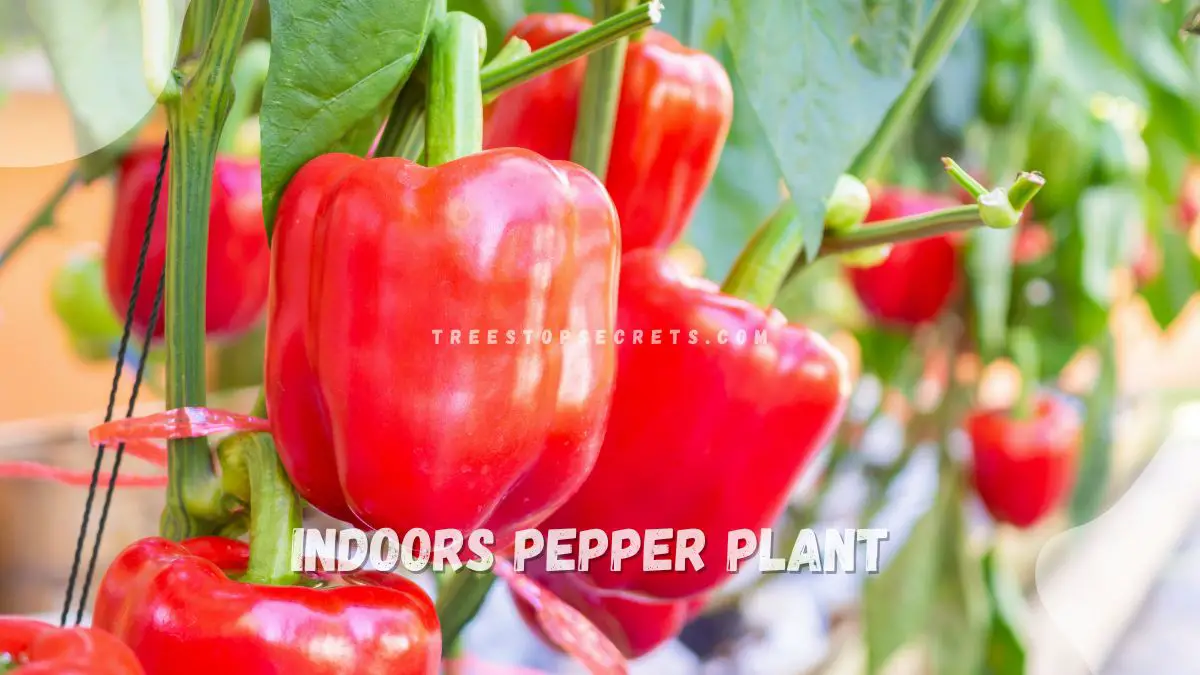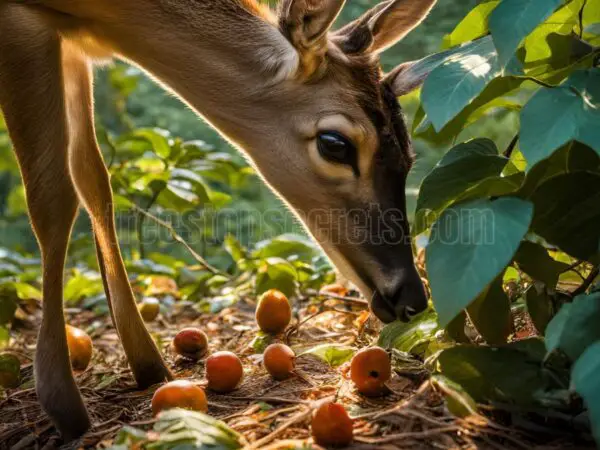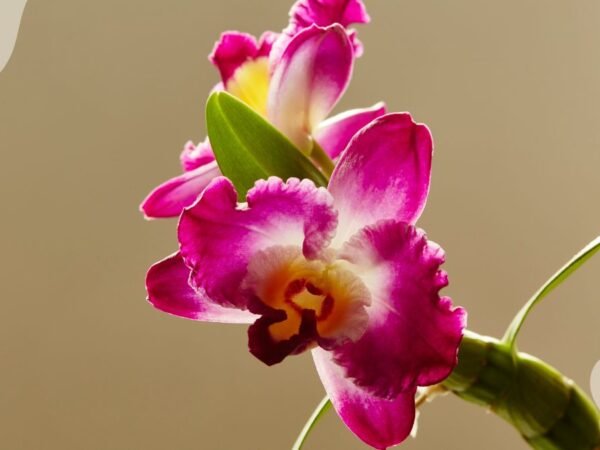Curious about growing your own peppers indoors? Contrary to popular belief, you don't need a green thumb or vast gardening experience. With the right guidance and minimal effort, you can enjoy fresh, homegrown peppers year-round. From selecting the ideal container and pot to providing adequate light and water, we'll cover all you need to know to kickstart your indoor pepper garden. Ready to add a pop of color and flavor to your indoor space with an outdoor pepper plant seed in a pot?
Key Takeaways
- Choose the right pepper variety: Select a pepper plant that suits your indoor environment and preferences to ensure successful growth.
- Start from seeds: Begin your indoor pepper plant journey by planting seeds in a well-draining potting mix for optimal germination.
- Create the perfect environment: Maintain consistent light, temperature, and humidity levels to support healthy pepper plant growth indoors.
- Provide care and maintenance: Regularly water, fertilize, and prune your pepper plant to promote robust growth and fruit production.
- Ensure pollination and growth: Assist in pollination by gently shaking the plant or using a small brush to help peppers develop fully indoors.
- Manage pests and diseases: Keep an eye out for common pests like aphids and diseases such as powdery mildew, taking prompt action to protect your pepper plant.
Choosing the Right Pepper Variety
Optimal Variety Selection
When growing a pepper plant indoors, choose smaller pepper varieties like pequins, chiltepins, or Thai peppers. These types are well-suited for indoor growth due to their compact size and adaptability. For those seeking ornamental chili peppers, opt for varieties that thrive in lots of sun and moderate humidity.
Consider Scotch bonnets or habaneros if you can provide moderate temperature and high humidity levels. These pepper varieties require specific environmental conditions to flourish indoors. Selecting the right pepper variety is crucial for successful indoor cultivation.
Compact Varieties for Indoors
For indoor cultivation, it is advisable to go for compact pepper varieties such as pequins or Thai peppers. These smaller plants are ideal for limited indoor spaces and can thrive with proper care and attention. Consider small ornamental varieties that are well-suited for indoor conditions.
Choose peppers like chiltepins that are not only flavorful but also suitable for limited indoor spaces. These compact varieties ensure that your indoor pepper plants can grow healthily without taking up too much space. Selecting compact pepper varieties is essential for successful indoor gardening.
Starting from Seeds
Seed Starting Basics
Plant pepper seeds in a mix of peat moss, vermiculite, and sand with good drainage to kickstart their growth. Keep the soil moist and position the pots in a sunny spot to aid germination. Adhere to a seed starting schedule for optimal growth of your indoor peppers.
Indoor Soil Choice
Select a well-draining soil mix comprising peat moss, vermiculite, and sand for your indoor pepper plants. Enhance soil fertility and structure by incorporating organic matter. Opt for a soil mix that retains moisture effectively but avoids waterlogging.
Critical Container Size
Pick containers that offer ample space for the roots to expand and thrive. Consider the expected size of the mature pepper plant when deciding on container size. Ensure the container is equipped with proper drainage holes to prevent water accumulation.
Creating the Perfect Environment
Light and Tent Selection
Placing indoor pepper plants in a south- or west-facing window is crucial for their growth. Supplement natural light with grow lights if necessary. Create a makeshift tent using reflective materials to maximize light exposure.
When maintaining warmth, ensure indoor pepper plants are in an environment with temperatures around 80 F (27 C) during the day. At night, provide a consistent temperature of around 70 F (21 C) for optimal growth. Protect plants from cold drafts that can hinder their growth.
Maintaining Warmth
To enhance humidity levels for Scotch bonnets or habaneros, mist the plants regularly. For ornamental chili peppers, consider placing a humidifier nearby to maintain moderate humidity levels. Create a humidity tray by placing a shallow dish filled with water near your indoor pepper plants.
Care and Maintenance
Proper Watering Techniques
Water indoor pepper plants when the top inch of soil feels dry. Overwatering leads to root rot. Use room temperature water.
Regular Fertilization Practices
Fertilize with a balanced fertilizer every 2-4 weeks in the growing season. Water-soluble fertilizers ensure nutrient uptake.
Grow Light Usage
Supplement natural light with grow lights for indoor pepper plants. Position lights correctly to prevent plant burning.
Pollination and Growth
Hand Pollination Methods
Hand pollinate indoor pepper plants by gently shaking the flowers to release pollen. This process helps ensure successful fertilization and fruit development. Use a small paintbrush to transfer pollen between flowers for increased fruit set. This method mimics natural pollination by bees. Pollinate pepper plants early in the morning when pollen is most viable. At this time, the flowers are freshest, increasing the chances of successful pollination.
Increasing Light Intensity
Increase light intensity gradually to prevent shocking indoor pepper plants. Sudden exposure to high light levels can stress the plants. Consider rotating the pepper plants to ensure all sides receive equal light exposure. This promotes balanced growth and prevents leaning towards one direction. Monitor the growth and leaf color of the plants to determine if they are receiving enough light. Healthy green leaves indicate sufficient light, while yellowing may suggest inadequate light exposure.
Pest and Disease Management
Pest Management Basics
Inspect your indoor pepper plants regularly for common pests such as aphids or spider mites. Utilize natural remedies like neem oil or insecticidal soap to control pest infestations effectively. Quarantine any affected plants immediately to prevent the pests from spreading to your other indoor plants.
When dealing with yellowing leaves on your indoor pepper plants, consider adjusting your watering practices or checking for root rot issues. To combat fungal infections, use a fungicide that is specifically approved for edible plants. Prune any leggy growth on your pepper plants to promote bushier growth indoors.
Troubleshooting Common Issues
- Pros:
- Regular inspections help in early pest detection.
- Natural remedies are safe for both plants and the environment.
- Pruning encourages healthier plant growth.
- Cons:
- Overuse of chemicals can harm plants.
- Quarantining affected plants may limit space in your indoor garden.
- Inspect indoor pepper plants frequently for pests like aphids or spider mites.
- Use neem oil or insecticidal soap as natural remedies for pest control.
- Quarantine affected plants to prevent the spread of pests to other indoor plants.
- Adjust watering practices or check for root rot when addressing yellowing leaves.
- Treat fungal infections with an approved fungicide for edible plants.
- Prune leggy growth to stimulate bushier growth in indoor pepper plants.
Harvesting Your Peppers
Harvesting Frequently
Harvest ripe peppers frequently to ensure continuous fruit production. Use sharp scissors or pruning shears to avoid plant damage. Store harvested peppers in a cool, dry place away from sunlight.
Year-Round Harvest Tips
Extend the growing season by bringing outdoor pepper plants indoors before frost. Growing peppers in a greenhouse enables a year-round harvest. Implement a staggered planting schedule for a steady supply of fresh peppers.
Troubleshooting Guide
Identifying Common Problems
Spot signs of nutrient deficiencies in indoor pepper plants. Look for yellowing leaves or stunted growth. Detecting these issues early is crucial for plant health.
Recognize common diseases like powdery mildew or bacterial spot in their initial stages. Early identification allows for prompt and effective treatment, preventing further damage.
Monitor plant growth and leaf color regularly. Any changes may indicate underlying issues that need attention. Being proactive in observation can help maintain a healthy pepper plant.
Environmental Issue Fixes
Address temperature fluctuations by relocating indoor pepper plants away from drafty areas. Stable temperatures are vital for the optimal growth of pepper plants.
Enhance air circulation around the plants to avoid humidity-related problems. Good airflow helps in preventing issues like mold or fungus development.
Adjust watering frequency based on seasonal variations. Pepper plants have different water needs during various seasons, so adapting the watering schedule is essential for their well-being.
Summary
In growing a pepper plant indoors, you've learned how to choose the right variety, start from seeds, create the perfect environment, care for your plant, ensure pollination and growth, manage pests and diseases, harvest your peppers, and troubleshoot potential issues. By following these steps, you're well on your way to successfully nurturing your own peppers at home. Remember to provide consistent care and attention to your plants to ensure a bountiful harvest. Share your newfound knowledge with fellow gardening enthusiasts and continue exploring different varieties to expand your indoor garden. Happy growing!
Frequently Asked Questions
How do I choose the right pepper variety to grow indoors?
To choose the right pepper variety for indoor growing, consider factors like available space, light conditions, and desired flavor. Opt for compact varieties like mini bell peppers or Thai chili peppers for smaller spaces. Research the specific needs of each variety before making a selection.
What is the best way to start growing pepper plants from seeds indoors?
Start by planting pepper seeds in a seed-starting mix, ensuring they receive adequate light and warmth for germination. Keep the soil consistently moist but not waterlogged. Transplant seedlings into larger containers once they have developed a few sets of true leaves.
How can I create the perfect environment for my indoor pepper plants?
Provide your indoor pepper plants with at least 6-8 hours of sunlight daily or supplement with grow lights. Maintain temperatures between 70-85°F during the day and above 60°F at night. Ensure good air circulation and humidity levels around 50-70% for optimal growth.
What are some essential care and maintenance tips for indoor pepper plants?
Regularly water your pepper plants, allowing the soil to dry slightly between waterings. Fertilize every 2-4 weeks with a balanced fertilizer. Prune your plants to encourage bushier growth and remove any diseased or damaged foliage promptly to prevent spread.
How can I ensure successful pollination and growth of my indoor pepper plants?
Encourage pollination by gently shaking the plants or using a small brush to transfer pollen between flowers. Maintain consistent environmental conditions to support healthy growth, including proper watering, lighting, and temperature levels. Monitor plant development closely for any signs of issues.
What are effective strategies for managing pests and diseases on indoor pepper plants?
Inspect your plants regularly for signs of pests like aphids, spider mites, or whiteflies. Use natural remedies like neem oil or insecticidal soap to control infestations. Prevent diseases by avoiding overhead watering, providing good air circulation, and promptly removing any infected plant parts.
When is the best time to harvest peppers grown indoors?
Harvest peppers once they reach the desired size and color, usually around 60-90 days after transplanting. Use clean scissors or pruners to cut the peppers from the plant without damaging the stems. Harvest regularly to encourage continued production throughout the growing season.
Image Source: Paid image from CANVA




